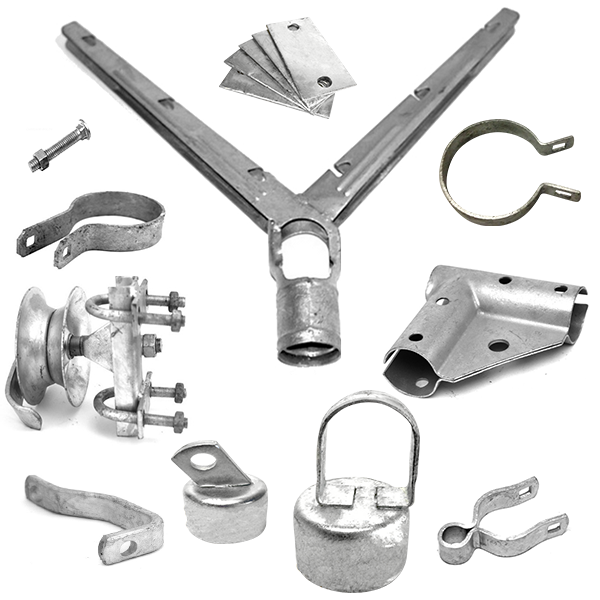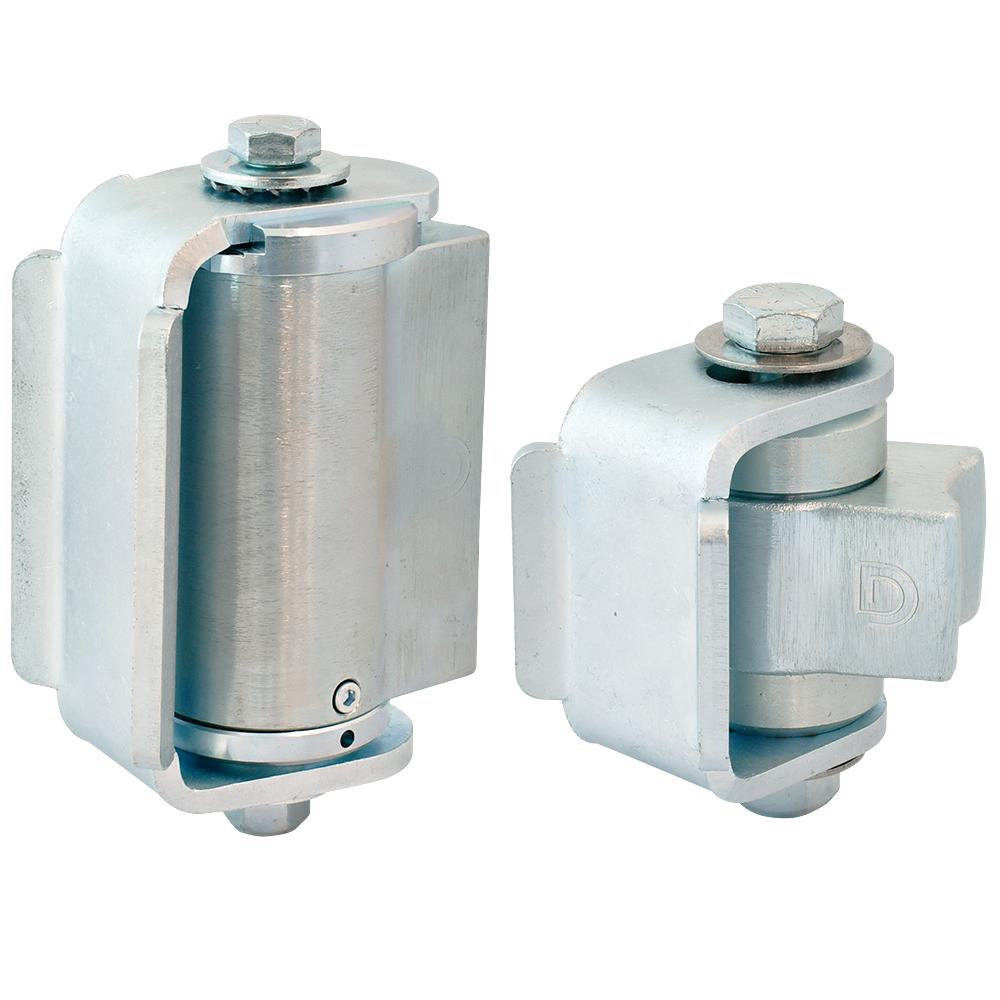Concrete Sleeve Anchor - Expansion Bolt
Key Features:
- Minimum hole fixture diameter
- Wrench nut size
- Bit Size is
- Diameter
- Length (embedment length does not include washer and nut)
- Expansion / One Way Concrete Anchor
- Hex Head creates even 360 expansion when tightened
- Zinc plated all steel heavy duty components
- Assembled and ready to use, turn-key fast easy install
- Common applications include: fencing, flange mounting, plate mounting, track mounting, etc.
Sleeve Anchor Description:
Sleeve Anchors for Chain Link Fence are no different then that of other fixture mounting applications. *Note, each industry does have it's own set of ASTM minimum embedments, recommended applications, etc.
Common chain link and metal fencing applications, in steel woven wire mesh fencing applications, utilize this type of sleeve anchor or a 1/2" diameter x 2 1/4" hex sleeve anchor for smaller applications.
How Do Concrete Anchors or Expansion Bolts Work?
Contractors start by marking the area where they will embed the anchor into the concrete, wall, masonry, etc. Next, using a heavy duty drill known as a rotary hammer, a hole is drilled into the concrete. The fixture is placed between the anchor and the surface of the concrete; the anchors slide into the mounting point of the fixture. The hex nut is then tightened down in a 360å¡ motion. Each turn on the bolt pushes the sleeve portion of the anchor downward towards an expanded bevel at the bottom of the bolt.
Sleeve anchors are tightened to the point that the metal casing, sleeve, meets the bevel found at the bottom of the anchor bolt. The bevel is designed to span a larger diameter than that of the sleeve. As the hex nut is tightened on the head of the screw the sleeve is gradually opened (expands) as it stretches against the bevel - this creates a wedge or anchor (hence the name, Sleeve Anchor or Expansion Bolt)











